| cv |
| proyectos proyects |
| concursos competitions |
| constructions |
| diseño design |
| equipo team |
| contacto contact |
Centro de Juventud Quart Jove. Youth House
Quart de Poblet, Valencia.
(2000-2003)
Premios. Awards
Primer Seleccionado Premios Fad Arquitectura, 2004
Publicaciones. Publications
Deutsche Bauzeitung (Stuttgart), 7/04, 2004
Tribuna de la Construcción (Valencia), 62, 2004
Arquitectura Viva (Madrid), 99-100, 2003
Tribuna de la Construcción (Valencia), 44, 2000
Documentos de arquitectura (Almería), 62, 2006
Vía Construcción, 26, 2005
Libros. Books
Anuario Ibérico de Arquitectura, 2004; 10.10.-2 100 Architects 10 Critics, 2005.
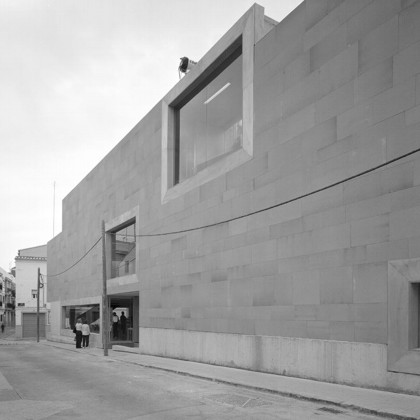
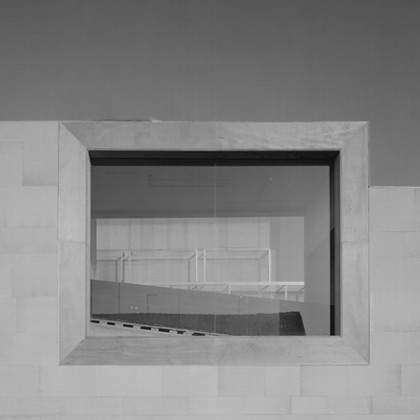
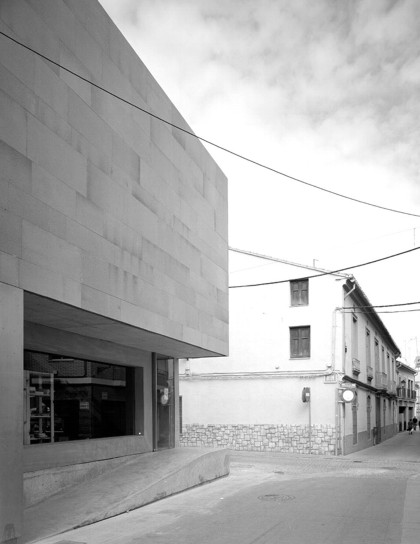
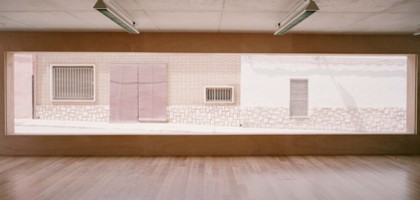
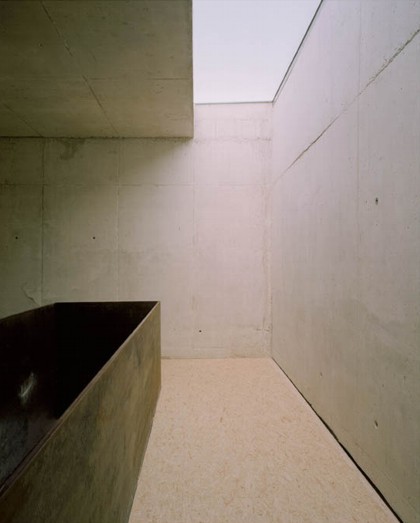
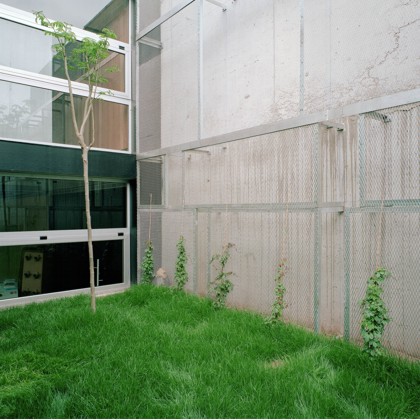
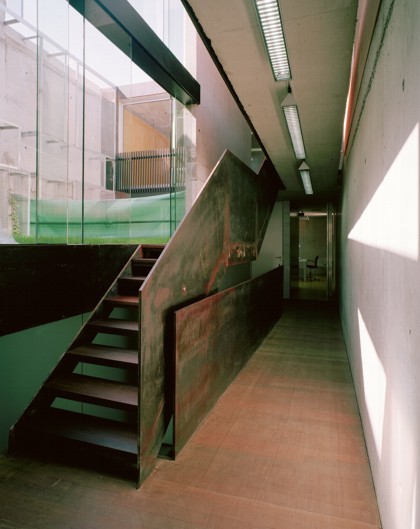

Kaaba, La Meca (Arabia Saudí) Tiene la kaaba la forma de un cubo de dimensiones desiguales. Cada kaaba define un espacio autónomo.
Ambientes diversos para espacios diferentes, para alturas variables.
Un edificio para usar 24 horas. 365 días al año.
Los materiales se disponen en relación a la actividad; vidrio, linóleo, madera, hormigón, caucho, vinilo, corcho, piedras...
Los programas se definen en cada pieza pero se propician las colonizaciones mutuas, se huye de hacer un edifico unitario, institucional para proponer un edificio descompuesto en varios.
Sencillo pero complejo, un edificio al que se accede desde cualquier punto, un edificio unitario ante el entorno y con mil caras en su interior.
Los diferentes niveles que se establecen buscan por un lado enlazarse con las edificaciones vecinas y por otro reproducir con sus recortes la silueta de las calles donde se inserta.
Todas las piezas se conectan en el interior mediante paredes de vidrio, se encadenan todos los espacios defendiendo su autonomía. Un mueble equipa cada una de las piezas, desplegando sistemas de ocupación del espacio.
Vacíos y llenos, transparencias y veladuras, contrastes en el interior y unidad en el exterior que ofrece el granito sudafricano propuesto.
The kaaba of mecca helped in understanding this youth centre. In the old town of quart like an addition of boxes , “kaabas” to the party wall of the site.
Each kaaba defines an autonomous space, and is accesed independently.
Like a story board, the building is constructed with fragments that give sense to the whole, like the construction of a sequence, one by one. Each one is autonomous.
Each kaaba has irregular dimensions and proportions.
Each space has a different definition and is inserted into the section.
The investigation here was trying to think of space in relation with their spacial qualities:
spaces that are longitudinal, soft, dark, open, exterior, slender, dynamic, soundprooved, hermetic, covered...
Each kaaba is built with different materials, textures and colours will reinforce the definition of spaces. Transformability is achieved from specificity.
The building has been conceived for a twentyfour-hour use, three hundred and sixty five days a year.
The user will choose an specific space depending on the activity, time and the spatial qualities he may need.
The materials were disposed acording to the activity; glass, linoleum, wood, concrete, rubber, vinil, cork, stones,...
The programs were defined for each space but promoting the mutual colonization, avoiding to do an unitary building, an institutional one, trying to proposse a building deconstructed in several ones. this building is the combination of several.
simple but complex, a building to access from several points, an only building in front of the environment and with thousand faces.
The different levels search a link to the adjoining buildings and try to reproduce the street shade. it’s a building without facade.
All the spaces are conected in the interior with glass walls, all the spaces are chained together defending his autonomy. and building a continous longitudinal section.
Empty and filled spaces, transparencies and blurs, contrasts in the interior and the exterior unity that offer the proposed plaster.